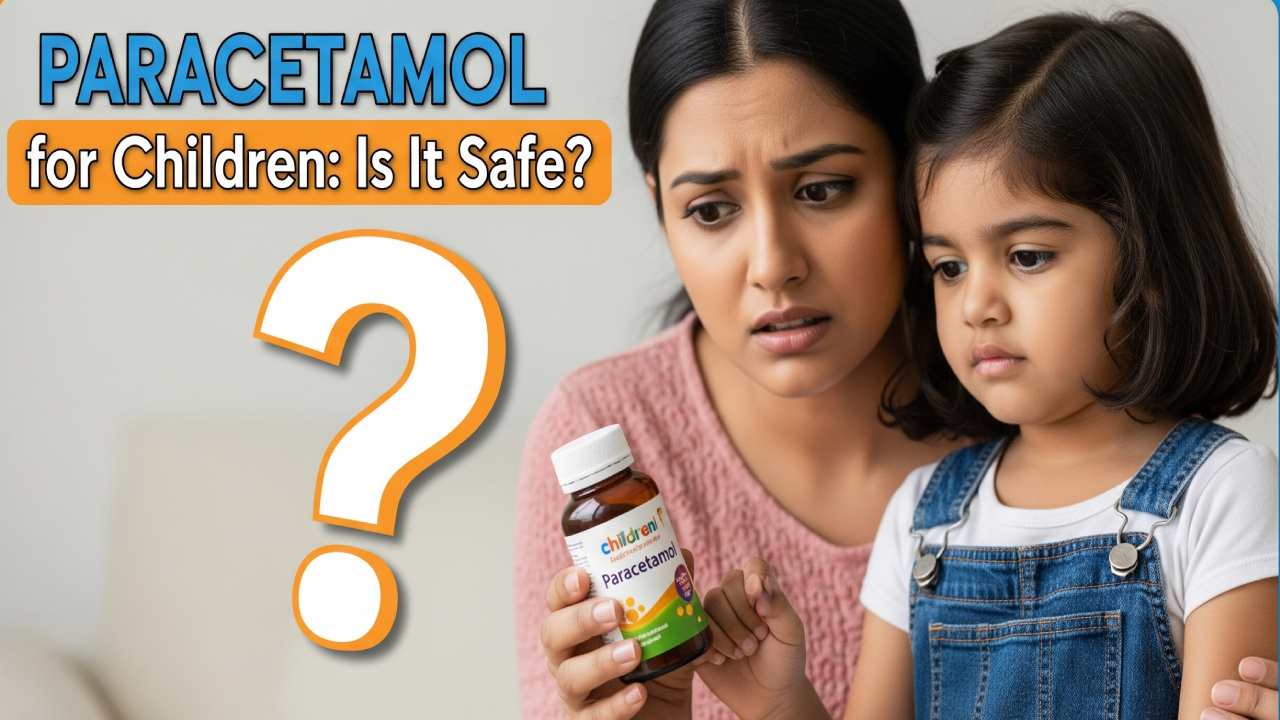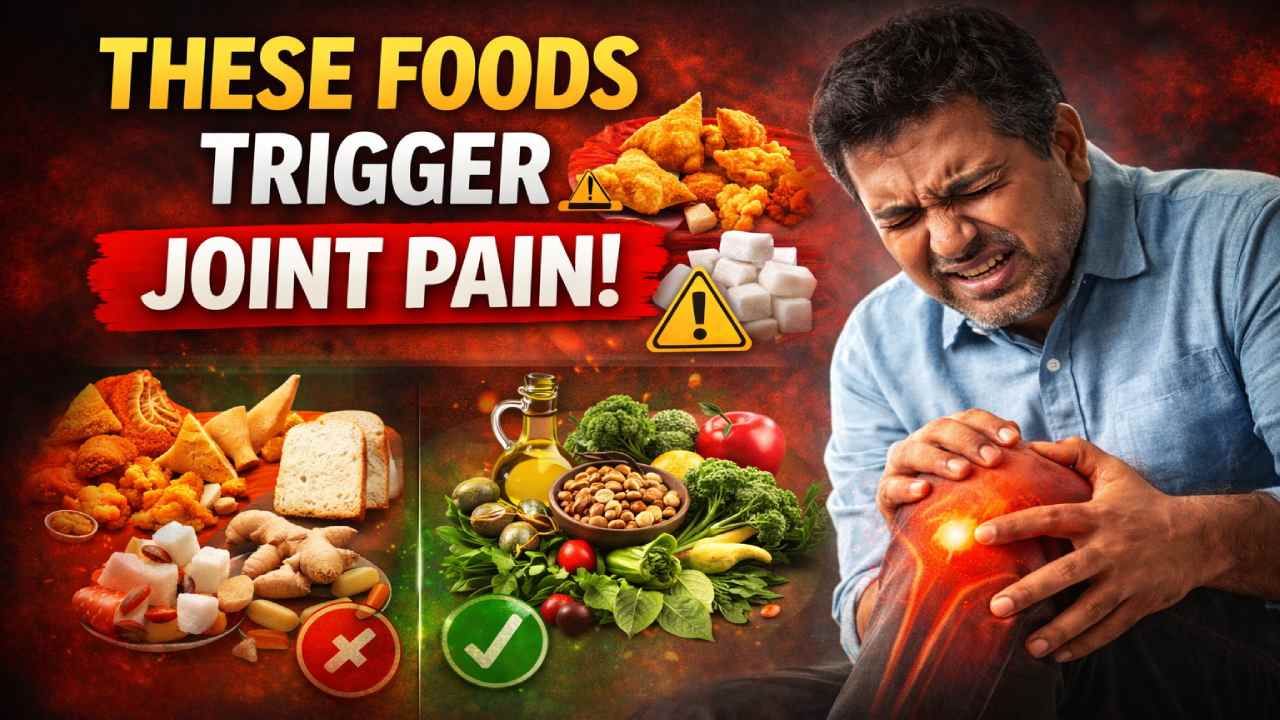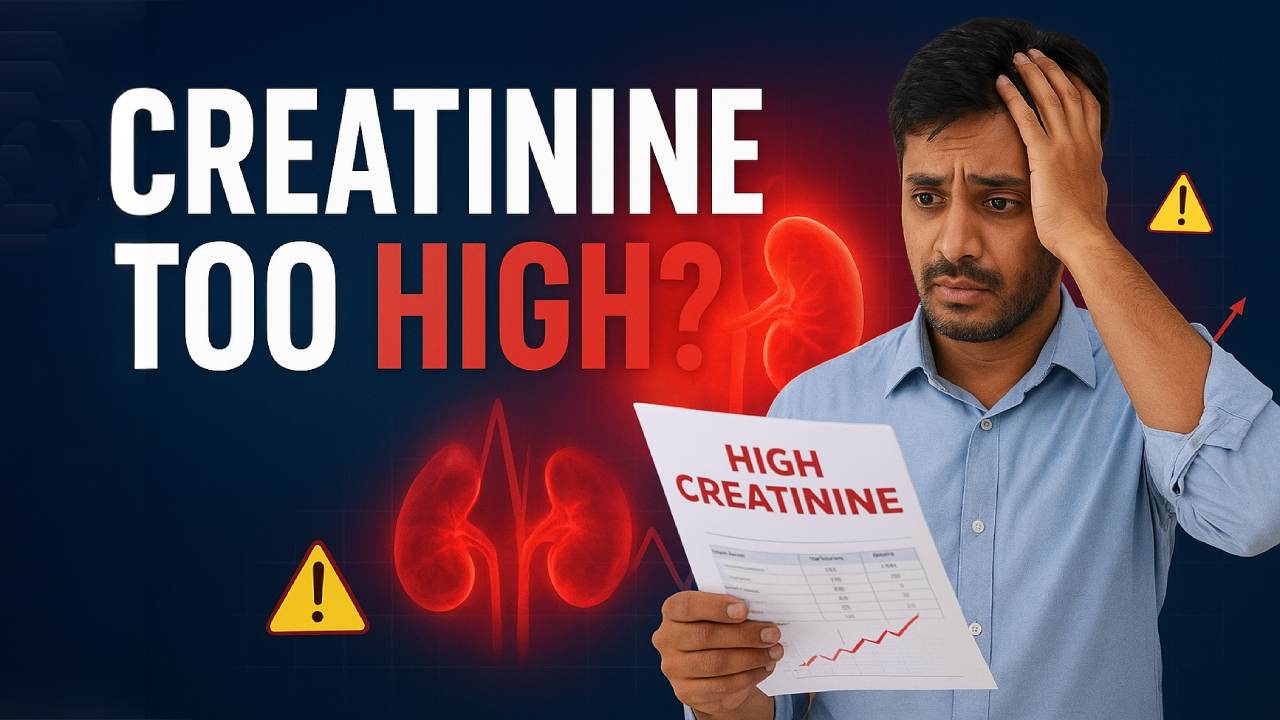What is Paracetamol, and why is it commonly given to Children
Verified By Dr. Ruchira Gupta | 02-Jul-2025
Paracetamol (also known as acetaminophen) is a common medicine used to relieve fever and pain in children. It is safe when given in the correct dose, but an overdose can be dangerous.
Q: What is paracetamol overdose?
An overdose happens when a child takes more paracetamol than their body can safely handle. This can be accidental (too many doses or wrong strength) or intentional in older children or teens.
Q: What are the signs of paracetamol overdose in children?
Early symptoms may include:
- Nausea or vomiting
- Stomach pain
- Loss of appetite
- Tiredness or irritability
Later signs (after 24–48 hours) can include:
- Yellowing of skin or eyes (jaundice)
- Confusion or drowsiness
- Liver failure (in severe cases)
Also read: Philips Ambition X at Kailash Group of Hospitals: The New Reality in MR Imaging
Q: How can paracetamol overdose happen?
Overdose can occur if:
- A child is given adult paracetamol instead of the children’s version
- The correct dose is not followed (especially by weight)
- Multiple medications containing paracetamol are used at the same time
- Parents give doses too close together
Q: What should I do if I think my child has had too much paracetamol?
Seek immediate medical help. Go to the emergency room or call your local poison control center or emergency number. Do not wait for symptoms to appear — early treatment is critical.
Q: How can I prevent paracetamol overdose?
- Always use the correct dose based on your child’s weight and age
- Use a proper measuring spoon or syringe, not a kitchen spoon
- Check if any other medicines contain paracetamol
- Keep all medicines out of reach of children
- Do not exceed 4 doses in 24 hours
- Always read the label and instructions carefully
Also read: Is Your Child Suffering from Diarrhea? Avoid These Common Parenting Mistakes
Q: Can I give paracetamol for every fever my child has?
Not always. Mild fevers are part of the body’s natural defense and don’t always need medicine. Paracetamol should be used only if the child is uncomfortable, in pain, or has a high fever (usually above 38.5°C / 101.3°F). Always follow your doctor’s advice.
Q: Is it okay to give paracetamol with other medications?
Be very careful. Many cold, flu, or cough medicines also contain paracetamol, which can lead to accidental overdose. Always check labels and consult a doctor or pharmacist before combining medications.
Q: How often can I safely give paracetamol to my child?
Paracetamol can be given every 4 to 6 hours, but no more than 4 doses in 24 hours. Giving it too soon or too often increases the risk of overdose and liver damage.
Q: What should I do if I missed a dose of paracetamol?
If a dose is missed, give it as soon as you remember — unless it’s nearly time for the next dose. Do not double the next dose to make up for the missed one.
Also read: Common Causes of Speech Delay in Children and How to Address Them
Q: Can paracetamol overdose cause permanent damage?
Yes. A severe overdose can lead to liver failure, which may require a liver transplant or even be life-threatening. Early treatment improves the chances of full recovery.
Q: Is it safe to give adult paracetamol in smaller amounts to children?
No. Adult-strength tablets or capsules are not designed for children and may still deliver too high a dose, even when broken. Always use child-specific formulations.
Q: Can a paracetamol overdose be treated?
Yes, but only if treated early. Doctors can give an antidote called N-acetylcysteine (NAC), which can prevent liver damage if given within 8–10 hours of the overdose.
Q: Why is it important to measure paracetamol doses carefully?
Using household spoons or guessing the amount can lead to inaccurate dosing — either too much or too little. Always use a measuring device like an oral syringe or cup.
Also read: Why Kids Today Have More Anxiety Than Ever Before
Q: Toxic Dose in Children and Adults:
In Children (under 12 years):
- Single acute toxic dose:
- 150 mg/kg or more (in one go) - This amount can cause liver damage if not treated promptly.
In Adolescents and Adults (over 12 years):
Single dose of more than 7.5 to 10 grams (i.e., 15–20 tablets of 500 mg)
OR
Repeated doses exceeding 4 grams per day (8 tablets of 500 mg/day) can be toxic.
Important Notes:
- Toxicity can be worse in people with:
- Liver disease
- Malnutrition
- Alcohol misuse
- Dehydration
- Use of enzyme-inducing drugs (like certain anti-seizure meds)
Chronic overuse, even slightly over the recommended dose over several days, can also lead to serious liver injury — this is called “staggered overdose.”
Q: When to Seek Help?
If a child or adult may have taken more than the safe amount — even if they seem fine — go to the hospital immediately. Early treatment can prevent liver damage.



 +91-9711918451
+91-9711918451
 international.marketing@kailashhealthcare.com
international.marketing@kailashhealthcare.com







